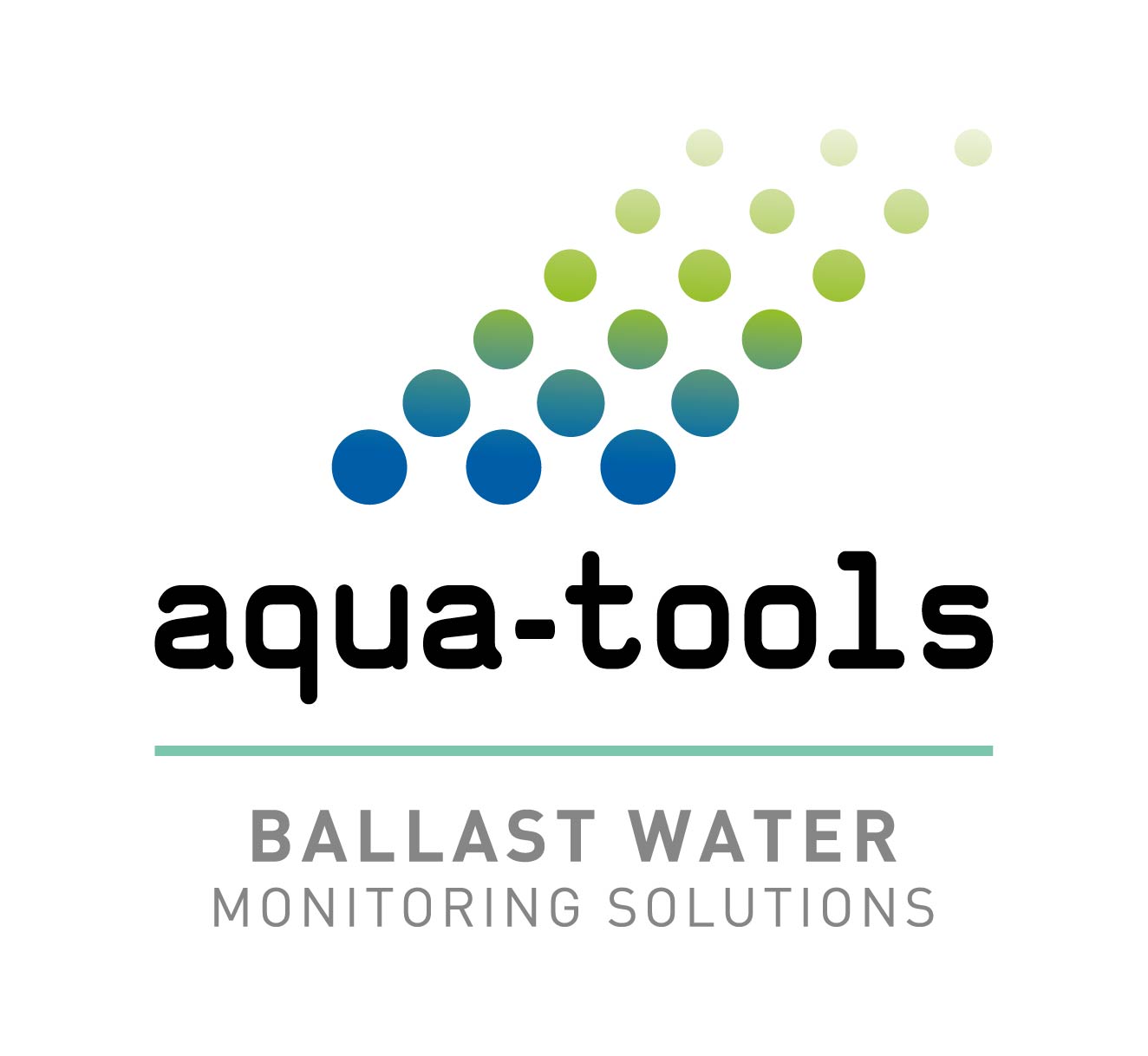AQUA-TOOLS’ B-QUA TO BE USED IN CANADIAN BALLAST WATER SURVEILLANCE PROGRAMME
The Government of Canada is testing aqua-tools’ B-QUA ballast water sampling and monitoring kit for possible use in the Canadian ballast water surveillance programme.
The programme is being led a research scientist from Fisheries and Oceans Canada out of the Great Lakes Laboratory for Fisheries and Aquatic Sciences, in Burlington, Ontario. The research scientist leading the programme was also involved in a 2015 study to test the efficiency of various ballast water testing methods onboard the research vessel Meteor on behalf of Germany’s Federal Maritime and Hydrographic Agency (BSH).
The aqua-tools equipment was one of the methods employed in sampling the ship’s ballast water during 28 trials of paired sampling devices. These trials, believed to be the first time that multiple sampling devices had been tested under real operational conditions, compared the capability of various sampling and analysis tools for measuring organisms of various sizes, zooplankton, phytoplankton and bacteria.
The Canadian laboratory then carried out additional research to better understand the capabilities of different tools, visiting multiple ships with treatment systems and taking samples of treated ballast water. Various analysis and monitoring methods were used,
These tests did not initially include the B-QUA kit because it appeared initially more expensive than some other methods. “Researchers found, however, that other methods were not giving a full assessment of the samples and subsequently added in the B-QUA as it can provide data for all size classes,” said aqua-tools’ Business Development Manager and a specialist in microbiology-based water quality management, Carine Magdo
B-QUA proved fully capable of providing analysis of organisms in the 10-50μm and >50μm ranges, with typical results for this test provided in 50min. The larger bacteria particles were measured within 15min. The trial verified that the aqua-tools kit was particularly user-friendly.
The test kit uses aqua-tools’ new generation Adenosine Tri-phosphates (ATP 2G™) monitoring technique. First generation ATPs are normally measured using bioluminescence methods, but these are ineffective for water with high saline concentrations, such as seawater, so can be unreliable when used for testing the efficacy of ships’ ballast water treatment systems.
“The success of the ATP 2G™ method in detecting bacterial ATP and larger planktonic organisms in ballast waters is due to the method used to extract the marine organisms from the water sample, which eliminates the complex structures that conventional lysing agents fail to break down,” said Magdo.
“We use a strong ATP extraction agent to deal with the more complex cell walls found in phytoplankton and zooplankton. Thus, organisms well below the D-2 limit values are detected, leaving operators in little doubt that their system is compliant (or not). B-QUA will, upon arrival of a vessel in port, give a clear and unambiguous determination of any non-compliance with ballast water discharge standards across all factions.”
The Great Lakes Laboratory for Fisheries and Aquatic Sciences now plans to carry out ballast water sampling and testing of up to 20 ships this year to assess which tool or tools might provide the best rapid assessment of ballast water compliance.

